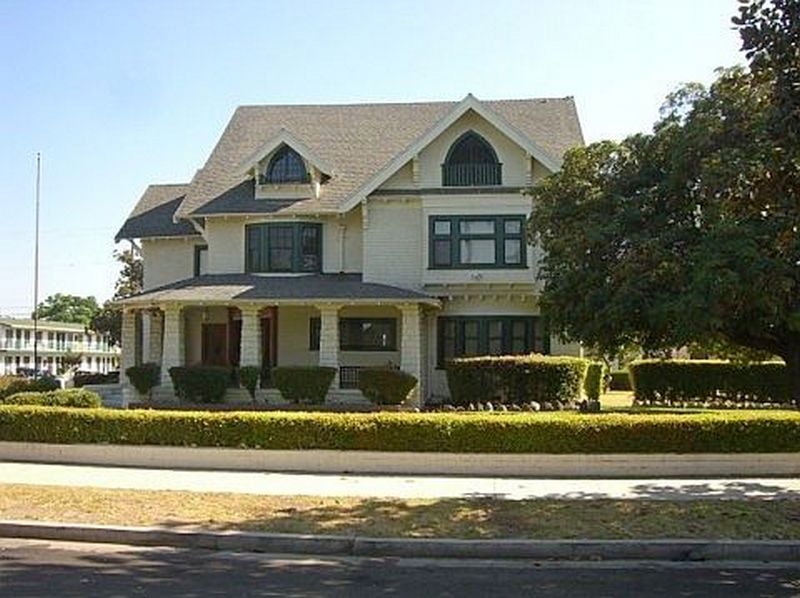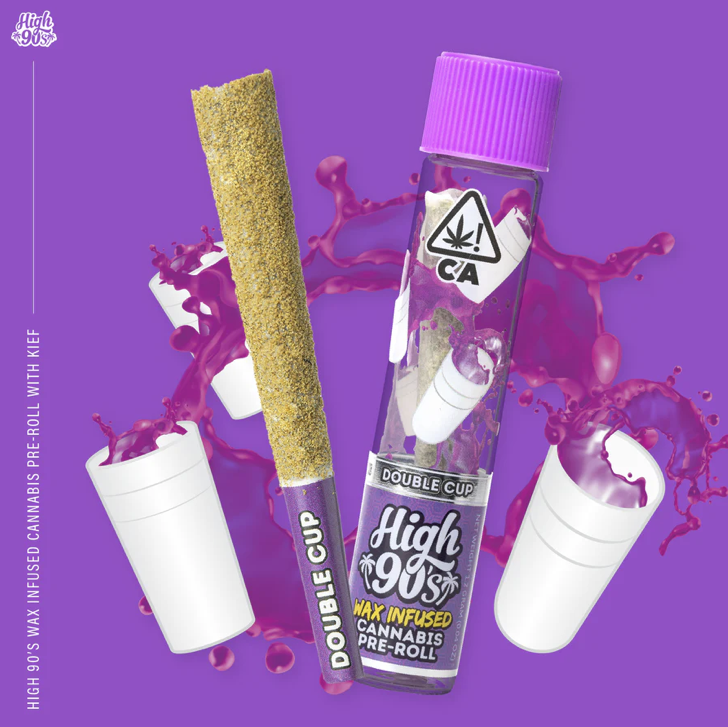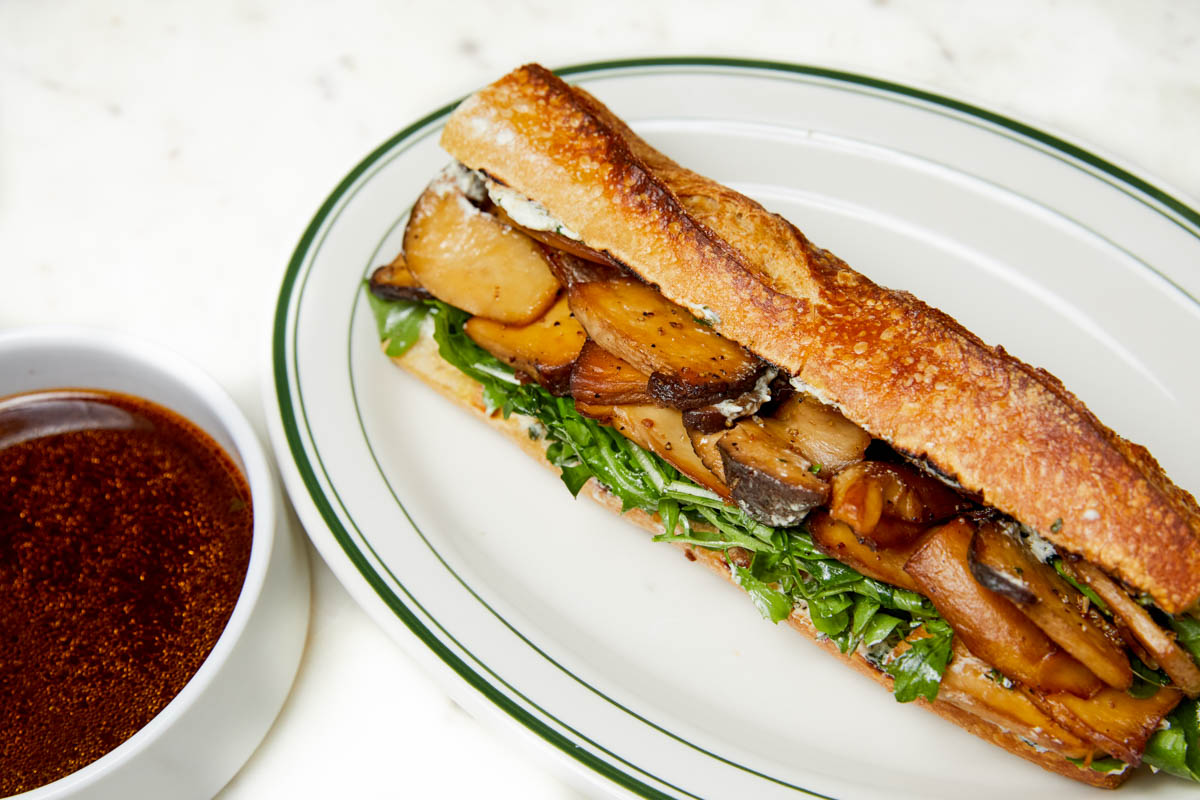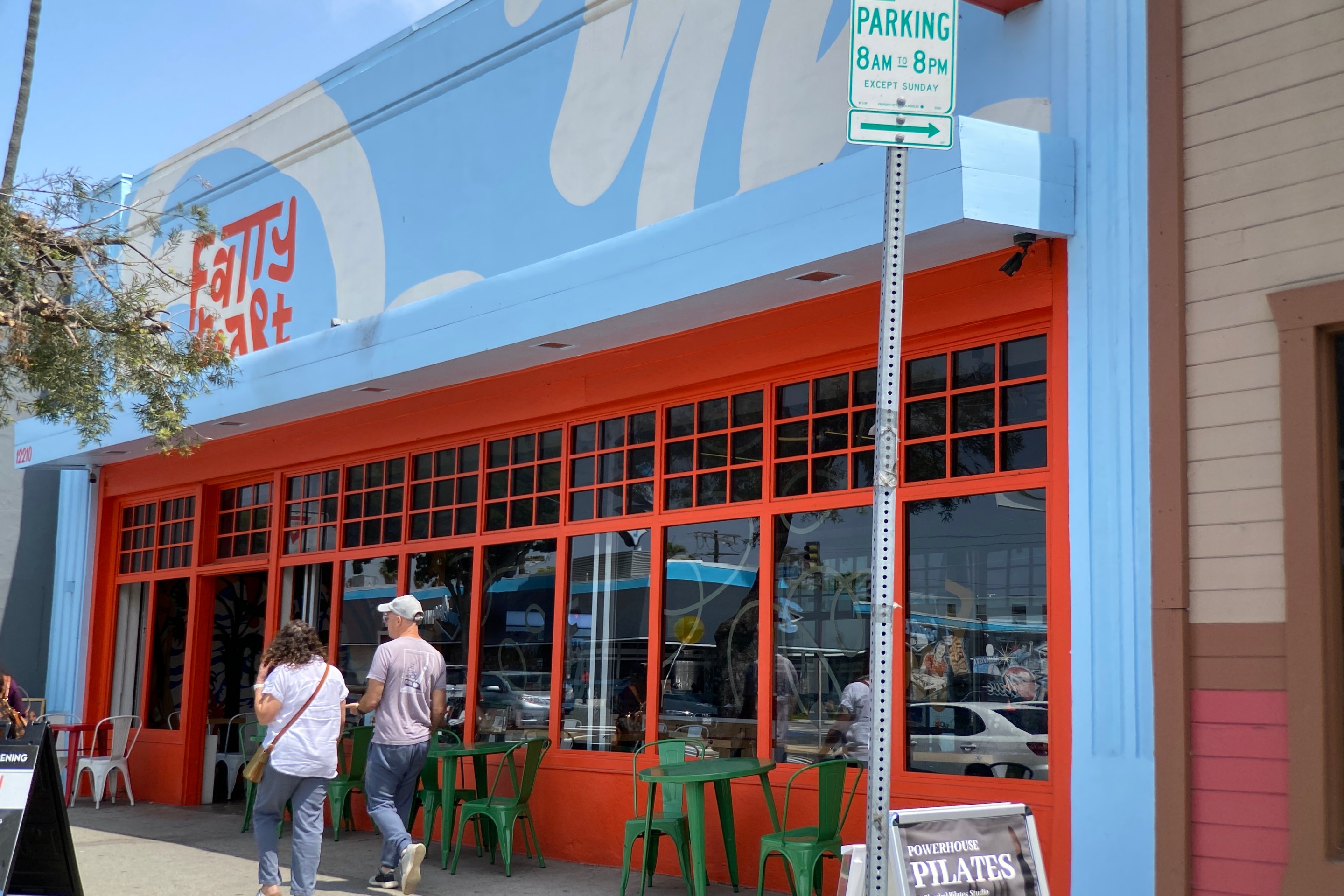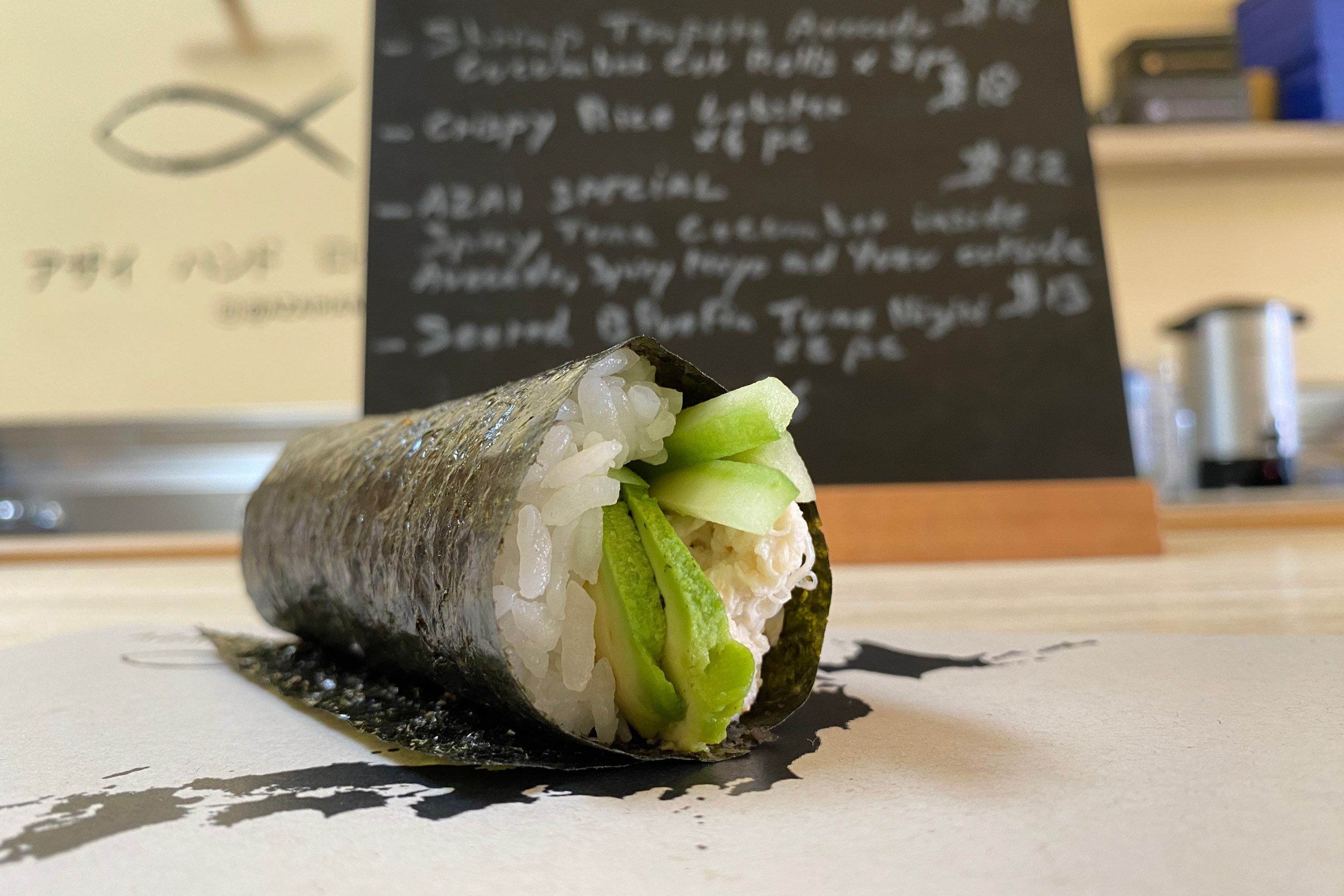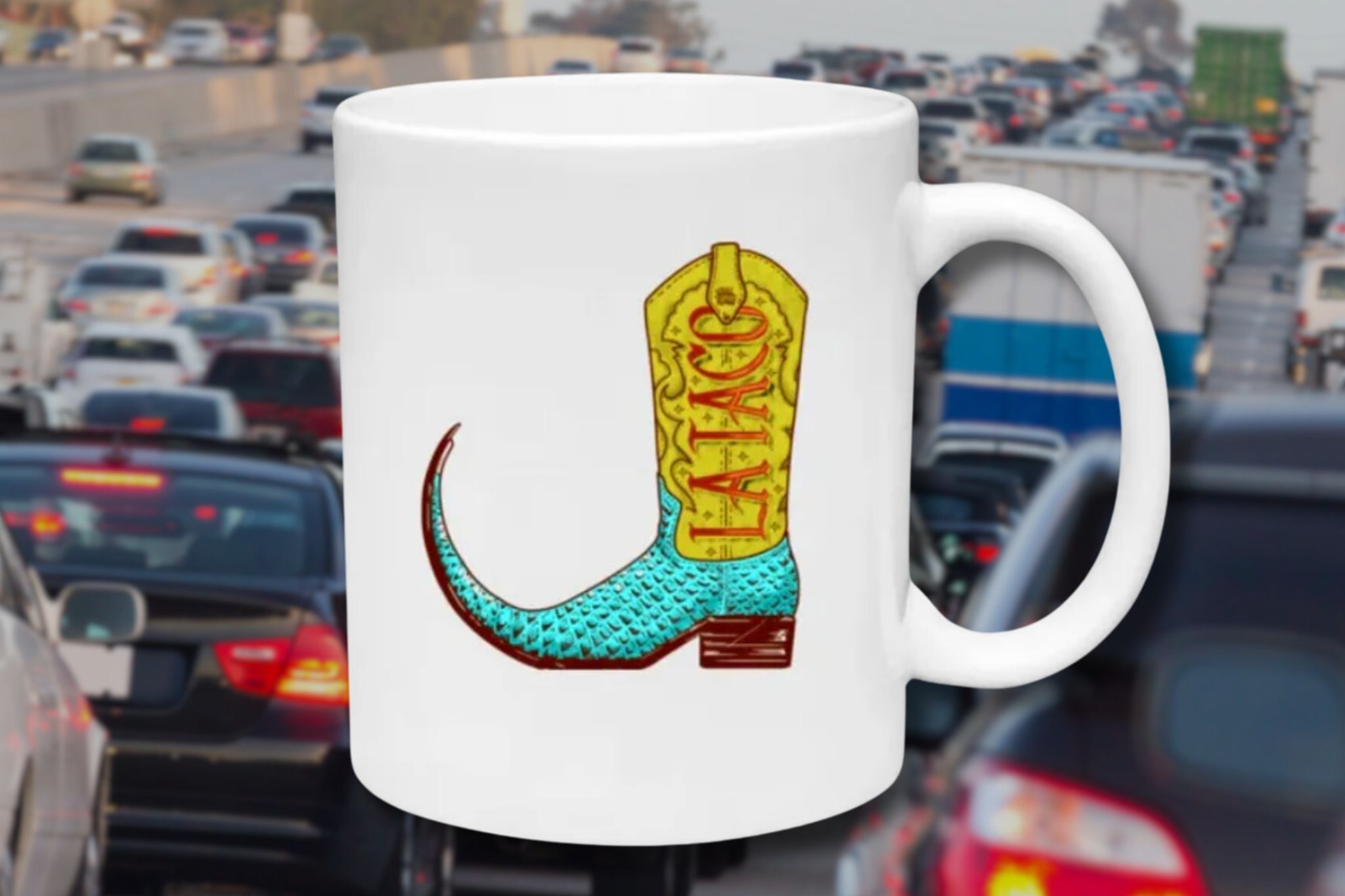L.A. TACO is currently on its biggest mission yet: to create a food guide for every single neighborhood in Los Angeles! Along the way, we will also be releasing brief histories of each neighborhood to understand L.A.’s past and present a little more, all the while celebrating how each and every square inch helps make our fine city the best in the world. Today we’re taking a look at Pomona.
In last week’s history of Glendale, we mentioned the name Henry E. Huntington, co-founder of the Pacific Electric Railway Company. He’s back this week, as the developer of one of the oldest, history-baring neighborhoods in the city: West Adams.
Huntington partnered with wealthy Pasadena industrialist Hulett C. Merritt to create the neighborhood, initially called West Adams Heights, in 1902 on a wheat field west of Downtown. It is often referred to as L.A.’s first suburb. Most of the neighborhood’s initial buildings were built up between 1880 and 1925, and by the turn of the 20th century, West Adams was considered the wealthiest district in the city. Remnants of this past still abound in its beautiful and varied historical architecture.
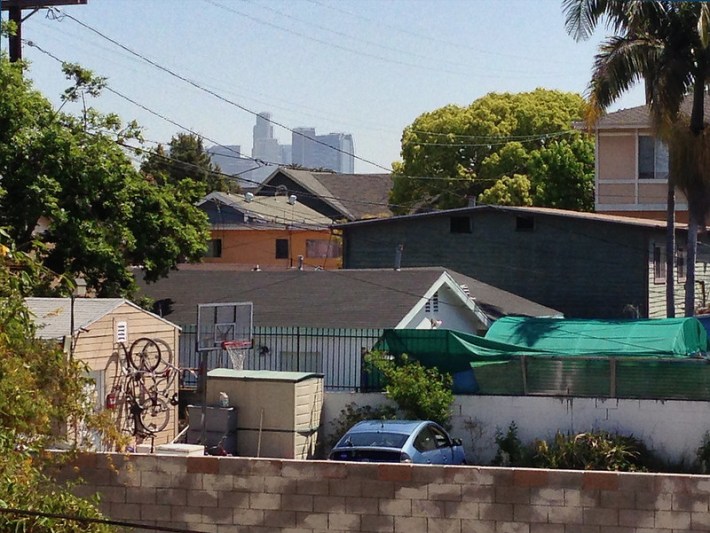
With its central location, the neighborhood became quickly popular with Downtown business barons and USC faculty amid a greater development boom that saw L.A. transform from a promising pueblo to a full-on metropolis from the late 1800s to the 1915. West Adams Heritage, which admits “much of the history of this neighborhood has been forgotten,” tells us that in this period, the rich men behind some of L.A.’s most enduring names built homes here, including oil tycoon Edward Lawrence Doheny and lawyer-politician Isadore Dockweiler, as well as Hollywood titans of the time, like scandal-plagued actor Fatty Arbuckle and director-choreographer Busby Berkeley.
During that time, White residents of West Adams began moving further away from the city’s core to newly developed neighborhoods such as Beverly Hills, Hollywood, and greater westside L.A. At which point, wealthy Black Angelenos begin taking up residency in West Adams. However, racist housing covenants were still in place, limiting all but the richest Black residents from building houses here.

Starting in the late 1930s, West Adams was turning into a center of Black life in L.A., known familiarly as “Sugar Hill.” This status was cemented in 1948 when the Supreme Court overturned segregationist covenants on property ownership, which began with the local “Sugar Hill Cases” of late 1945, in which L.A. Superior Court Judge Thurmond Clarke used the 14th Amendment to forbid the enforcement of racial housing restrictions. The cases began when Golden State Mutual Life Insurance Company president Norman Houston bought a house on South Hobart and eight neighbors filed a lawsuit to have Black residents ousted.
The covenant's overturning led to a surge of wealthy Black residents in West Adams through the 1950s. Over the early decades of the 20th century, West Adams was home for such prominent celebrities of their time as Pearl Bailey, pugilist Joe Louis, the great Ray Charles, Oscar-winning actress Hattie McDaniel (who Hadley Meares says threw the best parties), singer Johnny Otis, Little Richard, and Lionel Hampton, and noted by such landmarks as the Paul Williams-designed Golden State Mutual Life Insurance Company building, in addition to Williams’ design for the still-standing First AME Church on Harvard Boulevard. The intersection of Washington and Westmoreland is named Ray Charles Square, as the legendary musician headquartered his business and studio there.
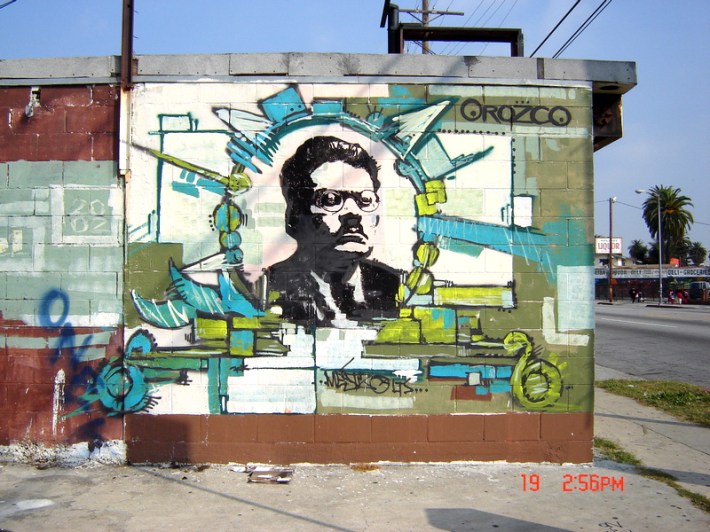
As a casual glance from the Santa Monica Freeway can tell you, the construction of the ten-lane 10 Freeway in 1963 decimated a large swath of West Adams. The Los Angeles Sentinel reported that Sugar Hill was chosen to be destroyed because otherwise the city would have had to cut through USC’s Fraternity and Sorority Row, which still exist today, while this selective use of eminent domain led to the demolition of many Black-owned mansions and the displacement of most of Sugar Hill’s owners and tenants in West Adams, as well as a precipitous decline in the neighborhood’s viability and unity.
According to a 2007 article in Curbed, West Adams has long supported a notable Black gay scene, most visibly through Jewel’s Catch One, one of our country’s first gay Black discos and at one time, the city’s largest, founded in 1973 by Indiana-born UCLA grad Jewel Thais Williams, who was tired of being discriminated against in West Hollywood’s scene. The club went on to see performances by Donna Summer, Rick "Superfreak" James, Luther Vandross, Whitney, and Madonna, among other legends. Some have even called it the Studio 54 of the West Coast. Today, its large building is still there, as is the name, sort of, operating as Catch One under a new owner.
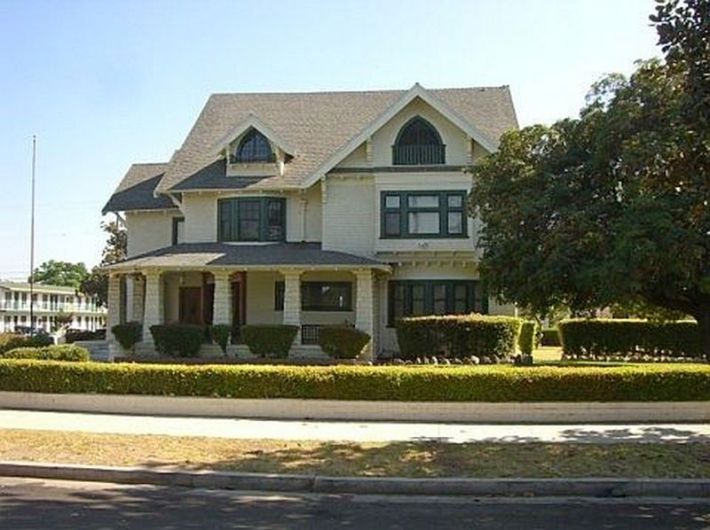
West Adams, which was officially named in 2005, is an architecture lover’s dream. Today, you can see a wealth of historic architecture still here, including but far from limited to, notable Craftsman homes, Beaux-Arts architecture, Queen Anne, Gothic Revival, and Victorian mansions. The neighborhood is said to have one of the largest collections of historic houses and small mansions west of the Mississippi River. A cruise through its avenues reveals a stunning range of genres and styles from the late 1880s to 1925, including the only Greene and Greene (creator of the Craftsman style) left in the City of L.A., the 1887-built Forthmann House, the John B. Cane Victorian, and the property that famously served as the Fisher-Diaz funeral home on Six Feet Under. West Adams contains over 70 sites that have been recognized as Historic-Cultural Monuments, with California Historic Landmark status, or with a listing on the National Register of Historic Places. Bianca Barragan has an excellent map on Curbed to get you started on a tour.
While the name Abbot Kinney is typically associated with Venice, the New Jersey-born developer also built Kinney Heights in 1900, a tract of Craftsman Homes and one of the many neighborhoods within West Adams, such as Harvard Heights and Lafayette Square. Designated as part of the West Adams Terrace Historic Preservation Overlay Zone, many of its homes have been renovated and are still standing.
According to the L.A. Times Mapping Project, West Adams has a majority Latino population of 56.2%, followed by a Black population of 37.6%. A little like the freeway construction before it, Metro’s E Line and a crush of affluent young residents have brought displacement to the neighborhood, putting it at the center of L.A.’s gentrification discussion as new restaurants, businesses, and bars from owners outside of or new to the neighborhood seek to capitalize on this boom, often at the expense of legacy and/or POC-owned businesses.
Nonetheless, there are many Black and POC-owned or operated businesses both new and legendary to support here, such as the Reparations Club bookstore, Harold & Belle's Cajun restaurant, Keith Corbin and Daniel Patterson's Alta Adams, Michelin-awarded Bee Taquería, Pot Gardens and the Plant Chica for green thumbs, Jamaican restaurant WiJammin, Band of Vices, and WOC-centered Adams Wine Shop.
